As the name implies, adverse yaw is an adverse or unfavorable condition that, among other things, delays achieving solo abilities. Traditionally, until his or her skills improve, struggling and committing to many hours of practice before soloing has been the assumed burden of a student pilot. Unknowingly and unnecessarily, novices have been fighting the additional challenge of flying with adverse yaw. Indeed, novice pilots have always assumed the lack of correlation between their control inputs/intentions and the response of the plane to be due to the need for more practice, or wind, when in fact adverse yaw has been a big factor!
The following article details the practice of using aileron/rudder transmitter mixing to eliminate adverse yaw, i.e., the inherent opposite yaw or skid that is especially pronounced during aileron deflections on flat-bottom wing aircraft, such as those used for primary flight training.
It’s probably safe to say that most of the people reading this learned to fly at the side of a recreational flier/instructor with little pre-flight preparation. As a result, most pilots are conditioned to “reacting” to what the airplane does, as opposed to having a plan and pro-actively controlling the plane. Consequently, most pilots naturally think that getting better at making corrections, having good reflexes, and experiencing more stick time are the keys to becoming a better flier. Rarely does adverse yaw or the advantages of aileron-rudder mixing when learning to fly ever come up. However, if you were to objectively compare the results achieved when training with aileron/rudder mixing versus without, you would discover an immediate improvement in consistency and the rate of learning.
ADVERSE YAW
Space does not permit going into all the aerodynamics involved during aileron deflections, so put simply, adverse yaw is caused by the wing with the down-aileron generating more lift and therefore more drag than the wing with the raised aileron. While banking into turns, making course corrections, or exiting turns, this drag differential causes the airplane to yaw/skid in the opposite direction in which the ailerons are applied. Therefore, pilots have to hold in the aileron longer to overcome the adverse skid. This causes an increase in the potential for over-controlling as well as the need to deal with a lack of consistency caused by the out-of-sync relationship between control inputs and the response of the plane.
As a rule, adverse yaw is most pronounced on high-lift, flat-bottom wing aircraft and gets worse at slower airspeeds and/or when making larger aileron inputs. This explains why some people can fly a flat-bottom wing trainer around, but then struggle to control the plane during slower speed landings. (For example, adverse yaw is so severe on a scale Piper Cub, that when flown near stall speed, it will actually turn left when right aileron is applied and vice-versa!) Also, since the principle effect of wind is exaggerating deviations that would otherwise be minor on calmer days, adverse yaw creates a whole slew of problems when trying to fly a trainer in windy conditions.
Some common approaches to reduce the effects of adverse yaw in RC have been: flying at higher speeds, making the trainer less stable and more maneuverable by lessening wing dihedral, differential aileron travel (more up-aileron travel than down), avoiding wind, accepting it as how trainers fly, and continued reassurance from club members that the student will eventually get it with more practice. All of these only help to small and varying degrees.
AILERON/RUDDER MIXING
The logical solution to counter adverse yaw is with the surface that controls yaw, i.e., the rudder. Coordinating rudder deflections along with and in the same direction as the ailerons prevents the plane from skidding in the opposite direction while banking into and out of turns, making course corrections, rolling, etc. Most importantly, with adverse yaw eliminated, the response of the airplane conforms more closely to the inputs and intentions of the pilot!
I train primary students on planes that are set up to automatically coordinate the rudder with the aileron through the aileron/rudder mixing function in the radio. Since the 1980s, radio manufacturers have provided aileron/rudder mixing for the purpose of countering adverse yaw, but since most instructors are inclined to keep passing down the way that they were taught, it is still not widely used or even understood in RC.
Understand, when my 1st U.S. R/C Flight School initially operated in the 1980s, we didn’t use aileron/rudder mixing because it wasn’t the norm in RC at the time (even though full-scale aviation has widely applied the use of yaw damper, or aileron/rudder mixing, since the 1950s so pilots are less encumbered while performing more important objectives). When we started mixing aileron/rudder on all the primary trainers, the students’ weekly average number of landings jumped from 10-15 to 30-40—an increase of over 200%! The reasons for the increase are simple:
• Whether a beginning RC flier applies his inputs correctly or not, he always has honest results to learn from.
• The airplane’s truer representation of the control inputs made leads to an improved understanding of proper control.
• This enhances a pilot’s ability to teach himself with greater retention, and therefore, his overall practice is more consistent, predictable, and extra productive.
Clearly, anyone who learns to fly a trainer set up to more precisely reflect the control inputs is going to learn proper control earlier. However, as a bonus, aileron/rudder mixing expands the aerobatic capabilities of primary trainer airplanes as well. Thanks to aileron/rudder mixing, aileron rolls remain axial and on heading throughout. Furthermore, the improved control achieved with aileron/rudder mixing permits flying in winds that would normally ground most trainers. Since the main challenge of flying in wind is that it tends to exaggerate deviations, the positive control achieved with aileron/rudder mixing makes it possible to more precisely and promptly correct deviations before the wind has a chance to exploit them. Even sport fliers have good reasons to use this setup on their flat-bottom wing planes.
If you’re new to aileron/rudder mixing, know that pilots still have independent rudder control on the left stick for left-hand ground steering and maneuvers requiring independent rudder. In fact, learning to use an independent rudder proves easier after learning to fly with aileron/rudder mixing because much of the right stick control will have become routine or automatic thanks to the mix.
AILERON/RUDDER MIXING GUIDELINES
Upon activating aileron/rudder mixing, you need to confirm that the rudder moves in the same direction as the aileron, i.e., the rudder should move toward the up aileron. On a flat-bottom wing airplane, set up the aileron/rudder mix so that the degree or angle of rudder throw matches the aileron throw 1-to-1.
I simply gauge the degree (angle) of the aileron deflection visually and match an equal degree of rudder travel. If for any reason I can’t set a 1-to-1 relationship, I’ll get it as close as I can, knowing from experience that a few degrees more or less is not going to make any appreciable difference. I then check the setup by flying the airplane directly at, or away from, myself while banking left and right to confirm that the banks are axial and the fuselage stays pointed in the same direction throughout.
You can be confident that after applying the 1-to-1 rule-of-thumb to a flat-bottom wing airplane, adverse yaw will be undetectable; banks, corrections, and rolls will be smooth and axial, and you will feel more connected to the plane when you fly.
Due to the improved control with mixing, a rank beginner might be wise to initially set up the plane with slightly less aileron travel than what the manufacturer recommends to tame the response a bit and then match the rudder to that 1-to-1. If you’re hesitant to use the aileron/rudder mix, you could always start with less and then keep increasing it until the bank and roll response is finally axial.
DIFFERENTIAL AILERON
If your airplane has two aileron servos, you can program a small amount of differential aileron travel (more up-aileron deflection than down) to help further reduce the chances of adverse yaw occurring, particularly at slower airspeeds.
While differential aileron travel is a common practice used to reduce adverse yaw, its effect is slight and the only way to fully eliminate adverse yaw with a flat-bottom wing airplane is with simultaneous rudder. If you did attempt to reduce adverse exclusively with differential, you would end up with so much up-aileron travel that the airplane would push downward when entering turns, at the start of rolls, etc. A little differential is good, but don’t get carried away.
AILERON/RUDDER MIXING FOR THE FUTURE
Many new fliers eventually go on to enjoying the “flying on rails” handling and increased capabilities of symmetrical wing sport models. Note that symmetrical-wing airplanes do not require aileron/rudder mixing because adverse yaw is negligible with this type.
Actually, those who learn to fly a flat-bottom wing trainer with aileron/rudder mixing will find the transition into symmetrical-wing sport models easier than most. That’s because the control habits learned while flying a basic trainer with aileron/rudder mixing are the same techniques used to fly symmetrical-wing sport models. This is because in both instances, pilots are flying without adverse yaw and maintaining a direct correlation between their inputs and the response of the plane. Conversely, those who learn to fly with adverse yaw (un-mixed) will have to re-train their habits when flying a sport model without adverse yaw.
Sadly, since so many people learn to fly with adverse yaw and thus exhibit the same natural progression of bad habits, such as climbing into turns with descending finishes, a lot of veteran pilots fail to recognize that their difficulties in wind and transitioning to different aircraft types, inconsistent landings, etc., are because the techniques they learned to fly with are no longer appropriate.
The aim of aileron/rudder mixing a primary trainer is not only to facilitate learning to fly, but also to complement the transition into higher performance sport airplanes that ultimately don’t require aileron/rudder mixing.
While on the subject, if you’re inclined at some point to switch off the aileron/rudder mixing on a flat-bottom wing trainer, expect to make a lot more control inputs to overcome the sloppier responses (something that you do not want to make a habit of if you also plan to fly less-encumbered sport models). Of course, you could physically coordinate the rudder and aileron together using 1-to-1 movements of both control sticks to eliminate adverse yaw, but understand that this technique only applies to flat-bottom wing airplanes and would not be appropriate when flying sport airplanes.
CONCLUSION
Maintaining a direct correlation between control inputs and the response of the plane is instrumental to developing optimum control habits. Consider that when the initial control inputs are applied correctly, the need for additional corrections may not even exist. That’s when a pilot becomes free to think ahead of the airplane and more efficiently take on new challenges. By removing the obstacle of adverse yaw, aileron/rudder mixing proves to be one of the most effective tools to ensure that pilots learn proper control from the start and therefore continue to enjoy steady advancement and a more successful future. –BY DAVID SCOTT, 1st US R/C Flight School



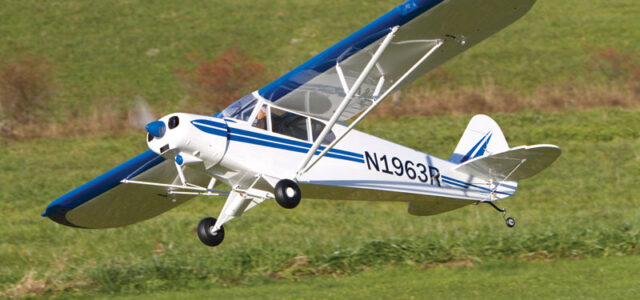
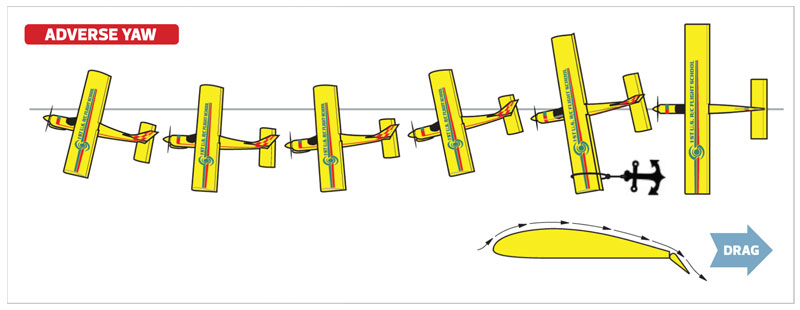
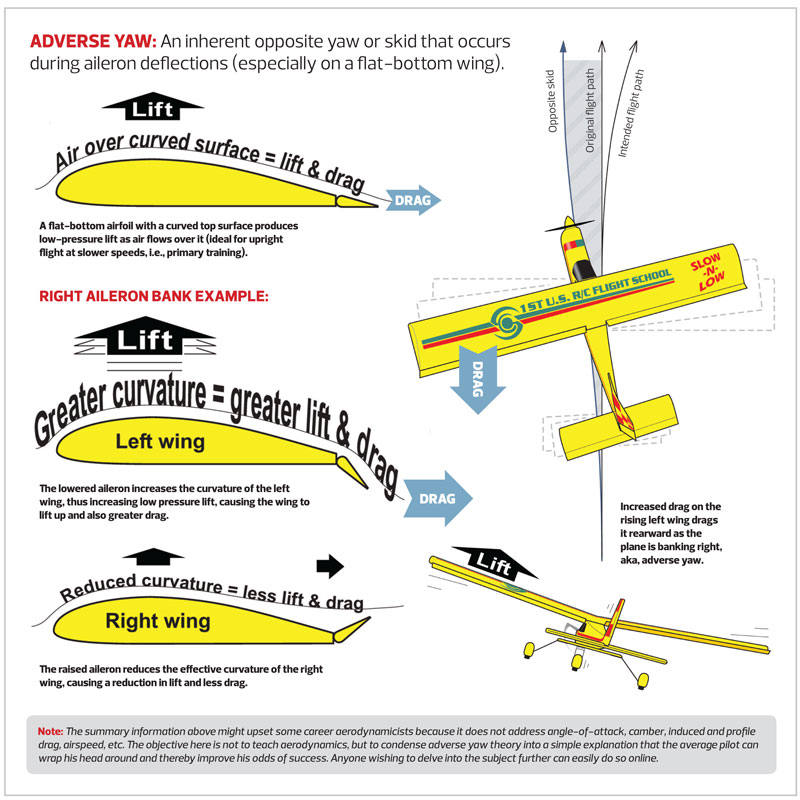
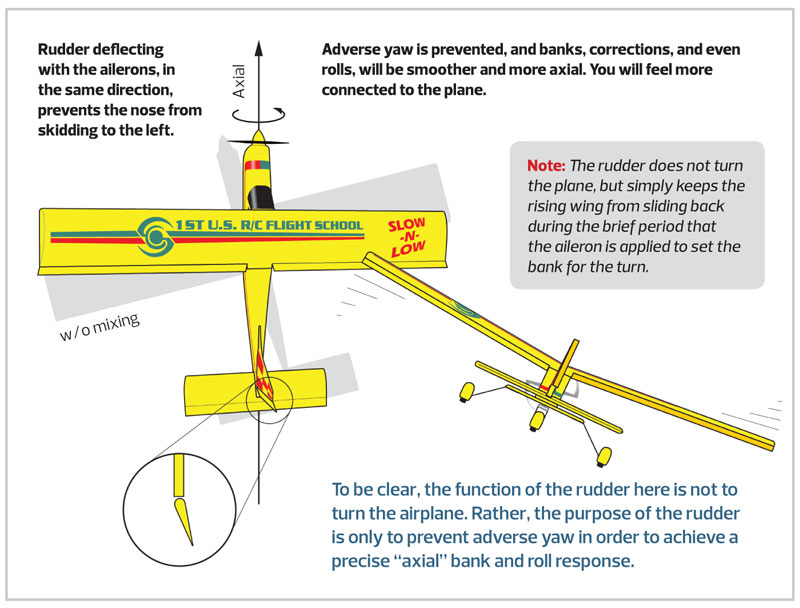

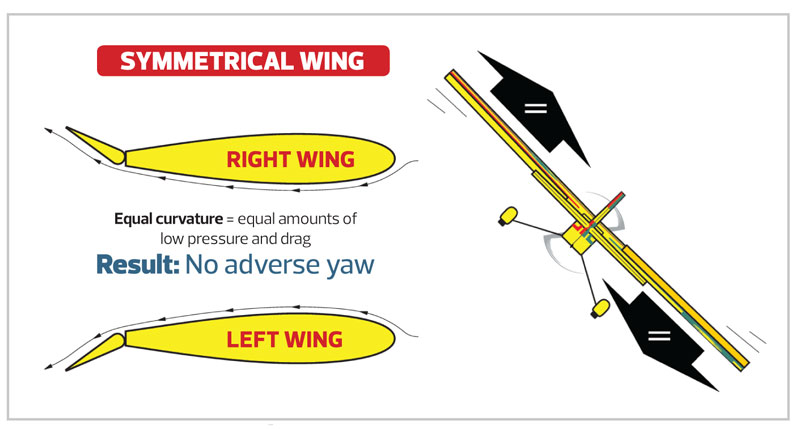
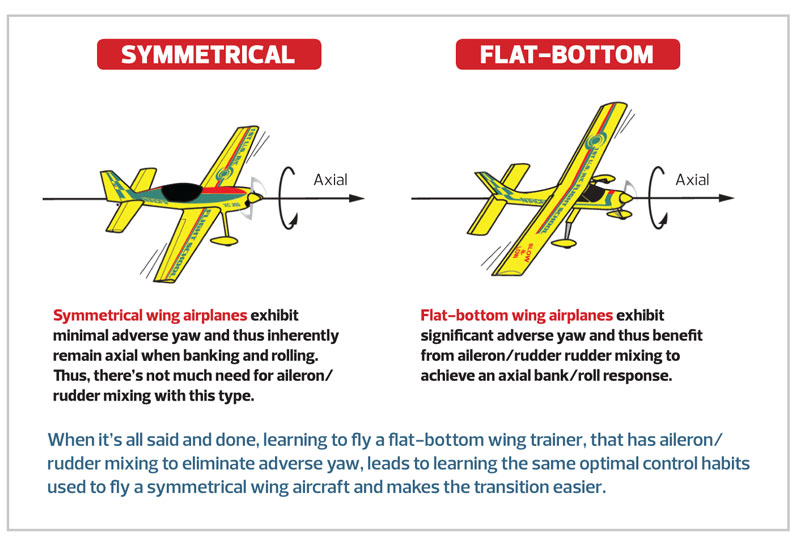





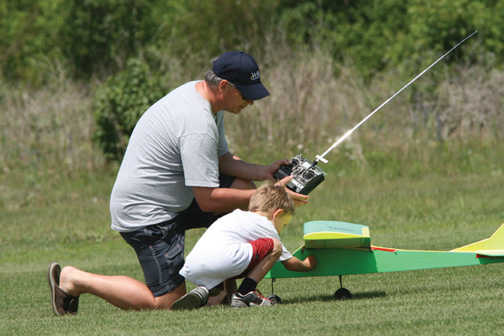
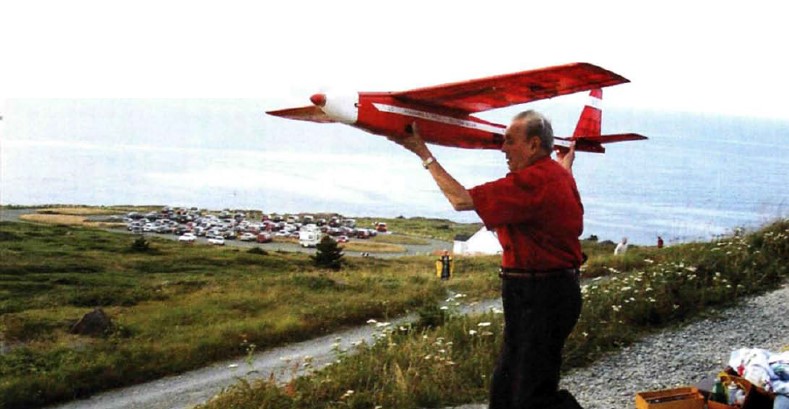
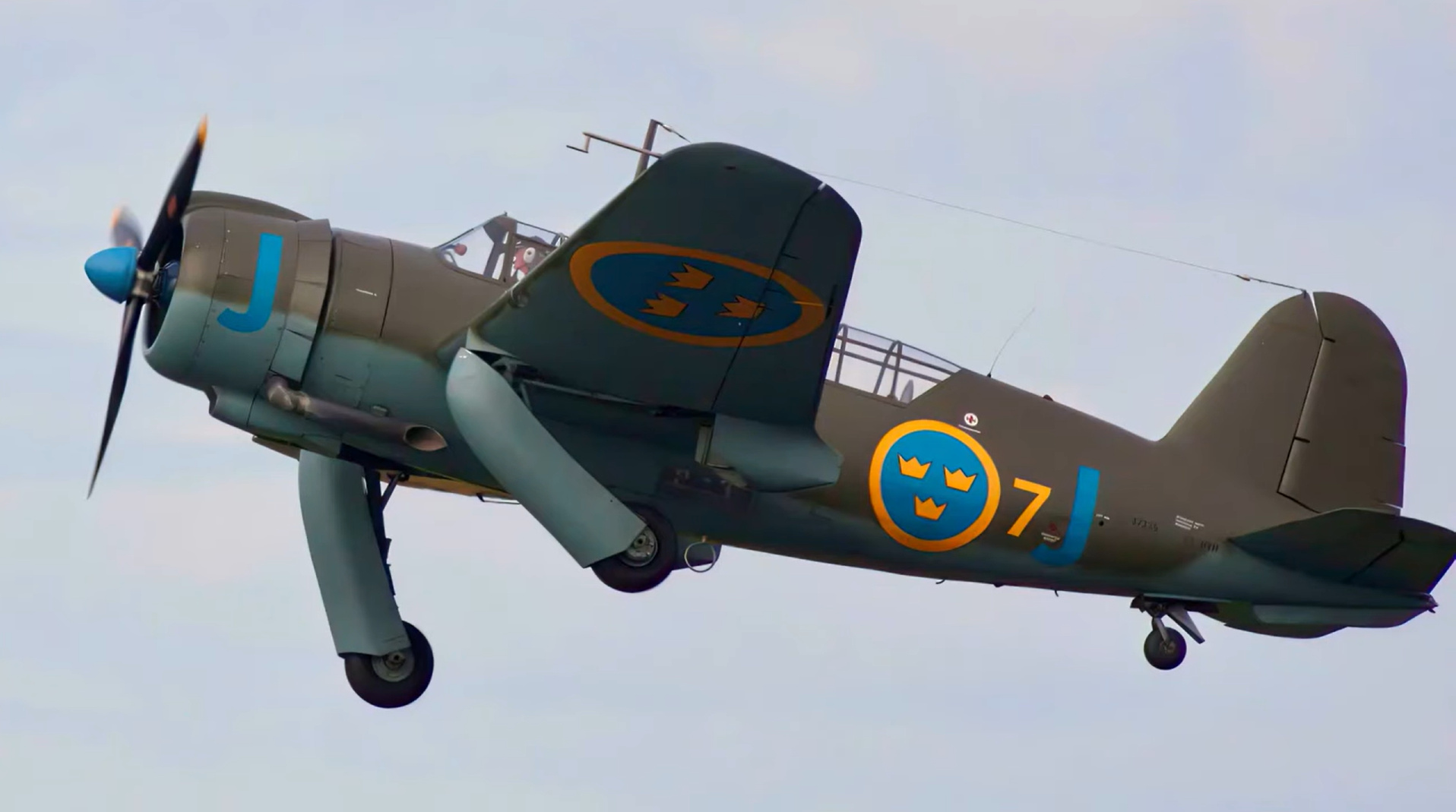
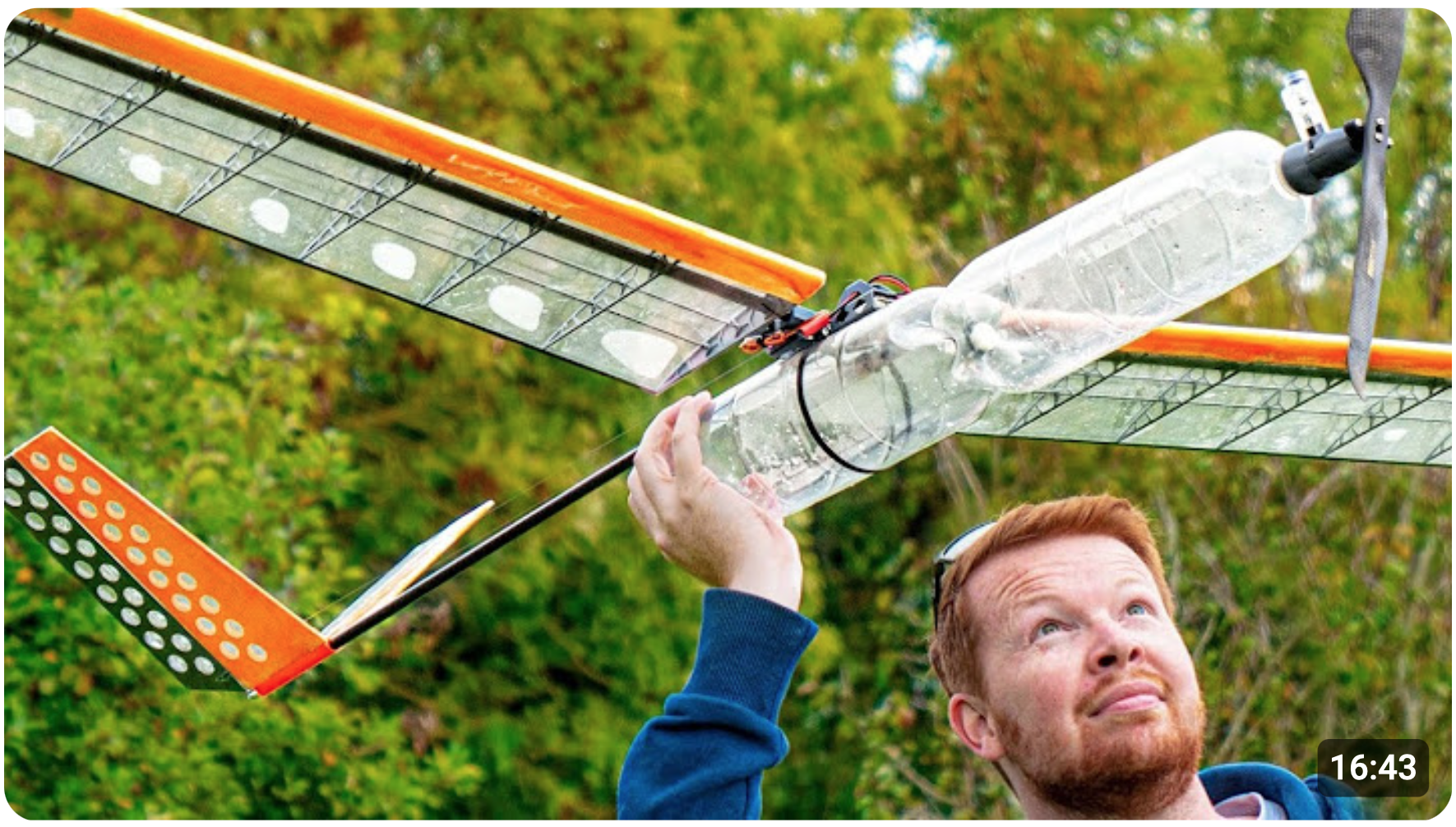











Great article, I would like to think I am a good pilot(not great) I learned on flat bottom wing trainers, and when I found one I really liked(Sig Kadet Jr) I spent many hrs. Just taking off and landing and became very good it. I thought it was just normal for the nose to drop in aileron only turns and would compensate as you spoke about it in your writing. Now that you explained the aileron rudder mixing makes perfect sense. I can’t wait to try it next time I fly. Thank you.